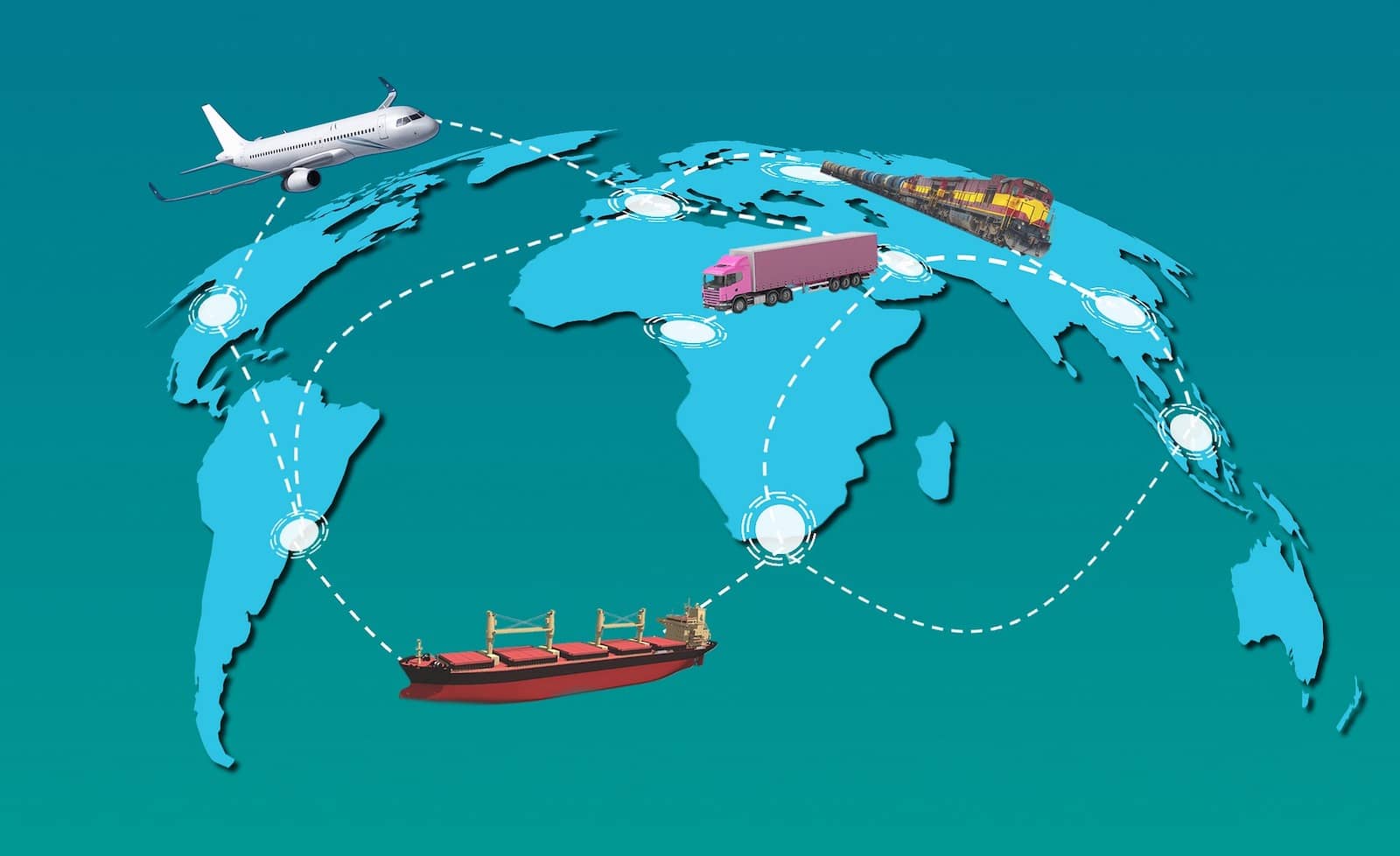Global Supply Chain & Logistics Solutions Future
The global supply chain landscape has undergone significant transformation over the past few years. From pandemic disruptions to geopolitical instability and rising environmental concerns, businesses are facing unprecedented logistics challenges that demand smarter, more resilient solutions. As companies expand globally and consumer expectations evolve, logistics service providers must innovate quickly to stay relevant. Understanding these challenges—and how the industry is responding—offers insight into what the future of logistics may look like.
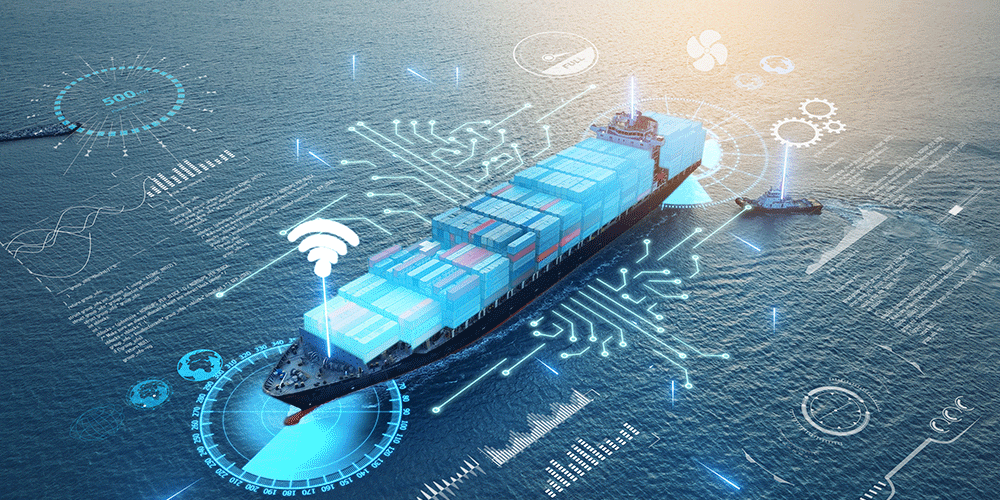
Evolving Global Supply Chain Challenges
1. Disruption and Uncertainty
The COVID-19 pandemic exposed deep vulnerabilities in global supply chains. Lockdowns, border closures, and labor shortages resulted in container delays, material shortages, and bottlenecks at critical ports. Although the immediate crisis has passed, the aftereffects linger, including increased lead times and heightened risk sensitivity.
Today, supply chains remain vulnerable to new disruptions, such as regional conflicts, trade restrictions, and natural disasters. These risks have compelled businesses to re-evaluate their supply chain strategies and prioritize flexibility and responsiveness over cost efficiency alone.
2. Geopolitical Tensions and Trade Barriers

Trade relations between major economies have become increasingly volatile. Tariffs, sanctions, and shifting trade agreements create uncertainty that affects procurement strategies, sourcing locations, and transportation planning. For multinational companies, these tensions increase the complexity of logistics operations and force them to explore diversified supplier networks and regionalized supply chains.
3. Rising Costs and Capacity Constraints
Global freight rates have fluctuated drastically in recent years due to imbalanced supply and demand, fuel price increases, and labor shortages. Warehousing costs are also climbing, driven by space limitations and high demand in key markets. These pressures make it harder for businesses to maintain margins, especially those reliant on just-in-time inventory models.
4. Environmental and Regulatory Pressures
As sustainability becomes a core concern for governments and consumers alike, logistics providers are under pressure to reduce emissions, implement green practices, and comply with environmental regulations. This includes optimizing transportation routes, reducing packaging waste, and investing in electric or alternative-fuel vehicles.
The Future of Logistics Solutions: Technology, Visibility, and Flexibility
To address these challenges, the logistics industry is embracing innovation at an accelerated pace. The future lies in solutions that combine technology, service flexibility, and data intelligence to create a responsive and transparent supply chain ecosystem.
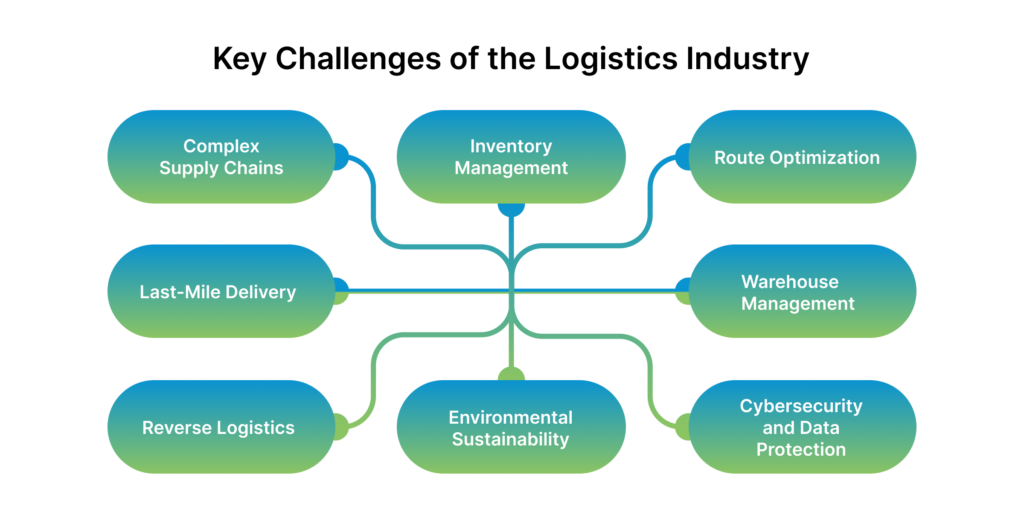
1. End-to-End Visibility
One of the most transformative trends is the demand for real-time logistics visibility. Businesses now expect to track shipments, monitor inventory, and forecast potential delays across the entire supply chain. Logistics visibility tools allow providers to offer this transparency, enabling faster decision-making and greater control.
Service providers like Postalparcel, for example, have made visibility a core part of their offerings. Through integrated carrier management and delivery services, Postalparcel enables clients to monitor shipments across multiple regions, reducing uncertainty and improving fulfillment rates.
2. Data-Driven Logistics
Advanced analytics and artificial intelligence are being used to predict delays, optimize warehouse operations, and enhance route planning. These technologies allow logistics providers to move from reactive to proactive supply chain management. Forecasting demand fluctuations and simulating various shipping scenarios helps reduce waste, lower costs, and improve service levels.
Inventory and order management services—such as those offered by Postalparcel—enable businesses to keep track of product availability across distributed warehouses. This supports dynamic replenishment and order allocation strategies, helping companies maintain consistent service even during demand spikes or transit disruptions.
3. Decentralization and Regionalization
To reduce exposure to global risks, many companies are shifting toward decentralized and regional supply chain models. Rather than relying on a single global hub, businesses are establishing multiple fulfillment centers closer to end markets. This approach shortens lead times, reduces transportation costs, and increases agility in the face of disruptions.
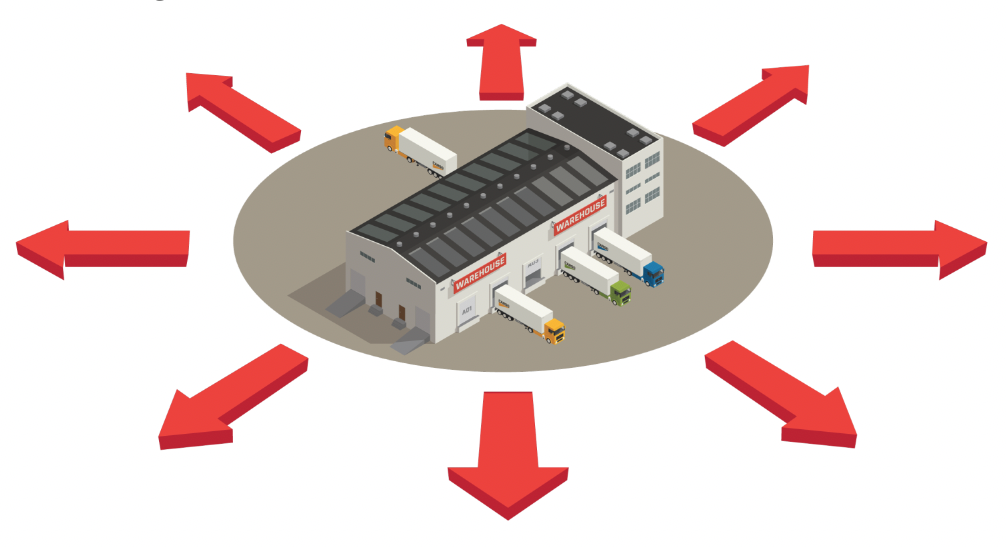
Logistics providers must, therefore, adapt by offering regional warehousing, localized transportation partnerships, and support for multi-origin shipments. Flexibility and geographic reach are becoming major differentiators in the service landscape.
4. Sustainable Logistics
Sustainability is no longer an option—it’s an expectation. Future logistics solutions will involve electric delivery fleets, green warehousing, and carbon-neutral shipping options. Providers will also need to track environmental impact and report on sustainability metrics as part of their service offerings.
Innovations such as smart route optimization, consolidated deliveries, and recyclable packaging are already being deployed to reduce emissions. Companies that proactively invest in sustainable logistics are likely to gain favor with both regulators and eco-conscious customers.
Building a Resilient Logistics Future
The path forward for global logistics involves embracing uncertainty, not avoiding it. To thrive, logistics providers and supply chain leaders must focus on building systems that are flexible, transparent, and intelligent. This means moving away from outdated models and investing in digital tools, collaborative platforms, and service-based partnerships that adapt to change.
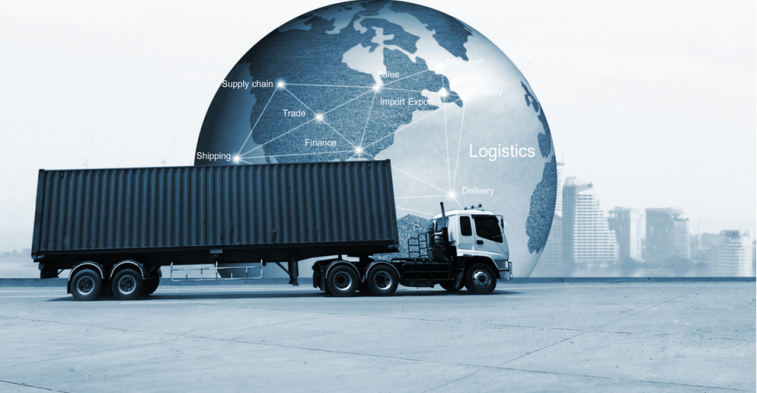
Postalparcel reflects this new approach to logistics. Rather than providing rigid systems, it offers scalable services that integrate smoothly into diverse operations—allowing clients to manage carrier performance, oversee inventory, and navigate uncertainty with confidence.
Conclusion
Logistics is no longer just about transportation. It’s about building agile networks that can pivot, adapt, and perform—even in the face of global change. Providers who recognize this shift and act on it—like Postalparcel—will help lead the industry into a more connected and capable future.
Industry Insights
news via inbox
Nulla turp dis cursus. Integer liberos euismod pretium faucibua

